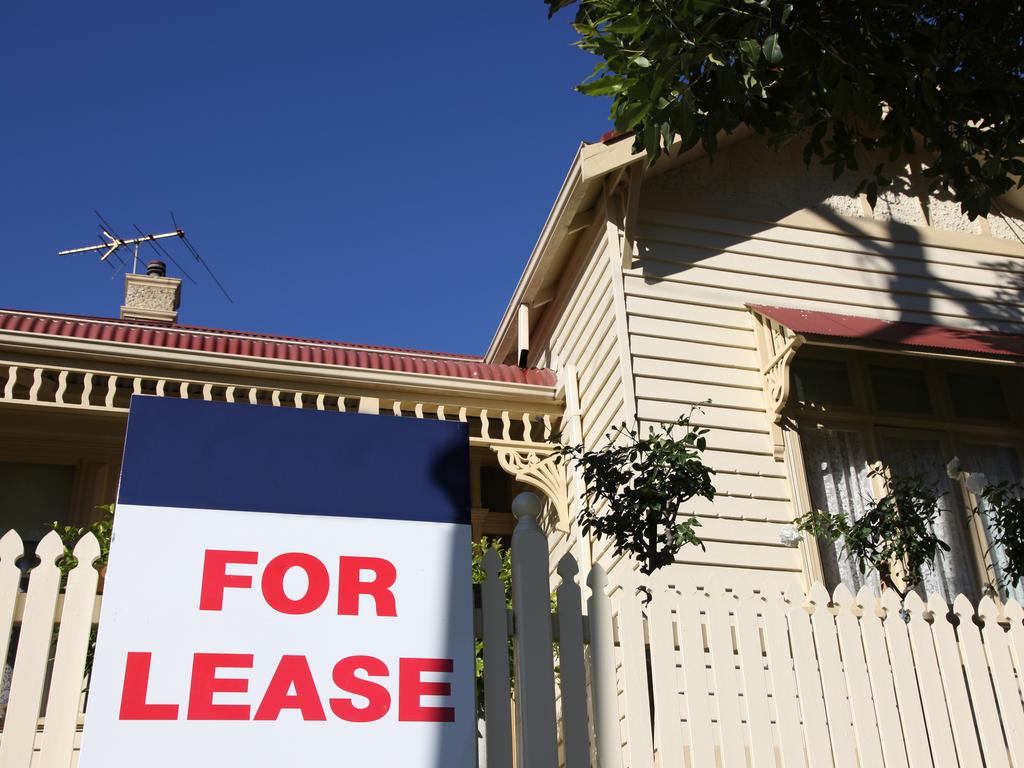
After hitting a brickwall in the current parliament with the plan – which is based on taxing unrealised gains – the government has explored options in a recent Treasury paper, including an alternative based on a deeming rate.
Under the current plan, the tax – which is aimed at super earnings on amounts above a $3m threshold – would be set at 15 per cent.
The alternative option involves a twist on the current 2.25 per cent deeming rate, which is the rate of return the government “deems” retirees have made on their investments when assessing pensions.
A special super tax deeming rate would allow the government to avoid underpinning the new tax with unrealised gains, or so-called paper gains.
The deeming rate solution would also suit big super funds which have not been able to dig out figures for individual investors.
As my colleague, Robert Gottliebsen, wrote: “There was a problem for some industry and retail funds but that did not require a draconian tax, to be overcome.”
Treasury officials have examined the deeming idea. But they worked on a set deeming rate at 7.5 per cent which is almost three times higher than the rate currently in place for all retirees.
According to Treasury, the 7.5 per cent rate would be used because it is “in line with long-term historical investment returns”.
But even if the tripled deeming rate were politically acceptable, industry experts believe this solution could trigger a range of new problems, including the arbitrage opportunities for retirees between two deeming systems – one of which is three times more severe than the other.
It would also mean the government is again not focusing on actual return but instead using assumptions which could be quite wrong.

Either way, the government’s ongoing plan to introduce a controversial new super tax will be severely tested in the event of a hung parliament or a minority ALP government. Under one scenario, where a deal may have to be struck with the Greens, the tax could be widened to include many more middle-class investors.
Treasurer Jim Chalmers has said the new super tax is “unfinished business”, while the recent budget papers show the government still aims to raise $2.3bn a year from the tax.
But to get the plan through a new parliament, the government may have to deal with the Greens in the lower house.
The Greens have said they want the new super tax threshold reduced from $3m to $2m. Such a move would greatly widen the tax net of the so-called “Division 296” tax well beyond current predictions of 80,000 people.
In a move that ensured the bill did not get through parliament last year, a group of eight “teal” MPs demanded the unrealised gains plan be amended. In opposing the tax the teals cited undue pressure on small business, farmers and start-ups.
For now, the government is still pressing on with the new tax to be based on unrealised gains along with a view that it should not be indexed for inflation.
The recent sharp sharemarket falls show how investors could drift in and out of the Division 296 tax net depending on the fortunes of paper gains or losses on the sharemarket.
“We want to get rid of this tax completely, says Peter Burgess of the Self Managed Super Funds Association. “Introducing a tax based on unrealised gains is a slippery slope.”
The renewed debate around the super tax comes at the same time as speculation there would be a review of negative gearing and capital gains tax in the event of a hung federal parliament.
James Kirby hosts the twice-weekly Money Puzzle podcast





With the government intent on reintroducing the new super tax in a redrawn parliament, the options are thinning out for Treasurer Jim Chalmers.